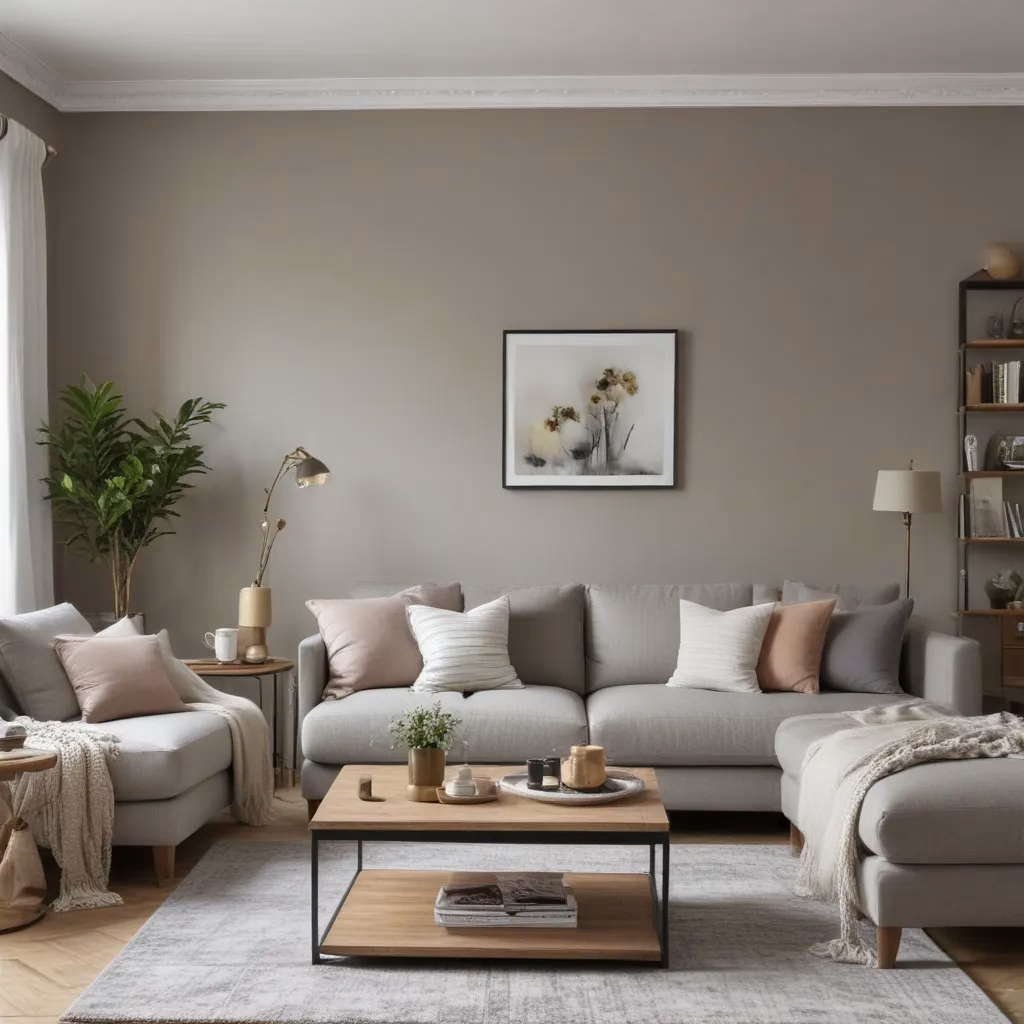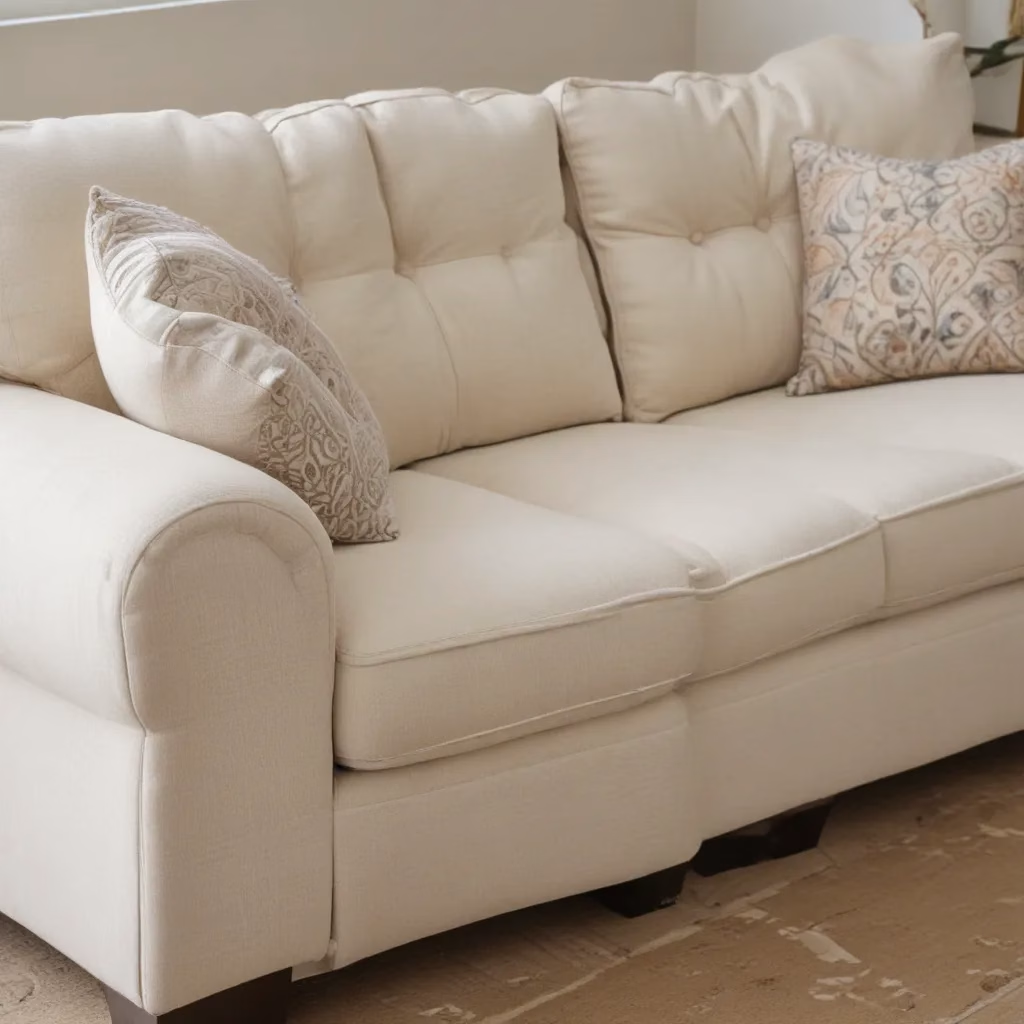
Maximising Compact Layouts: Sofa Arrangements for Cosy Living Rooms
In small and medium-sized living rooms, designing a comfortable yet stylish seating arrangement can feel like a constant battle between function and aesthetic. In our 15 years installing… After all, you want to create a cosy, welcoming space that also makes the most of the available square footage. Thankfully, with the right approach to sofa selection and furniture placement, you can transform even the most compact of living rooms into an inviting haven.
Sofa Selection for Cosy Living Rooms
When choosing a sofa for a smaller living room, it’s important to strike the perfect balance between form and function. Upholstery fabric plays a crucial role in this equation, as it can dramatically impact the overall look and feel of the space.
Fabric and Upholstery Considerations
Durable, textured fabrics like velvet, boucle, or chenille can add a sumptuous, tactile quality to your sofa, creating a sense of luxury in a compact setting. These fabrics also tend to be stain-resistant and easy to clean, making them practical choices for high-traffic areas.
Alternatively, linen and cotton offer a lighter, more casual aesthetic that can help a small living room feel airy and open. The natural variations in these materials add visual interest without overwhelming the space.
When it comes to colour, neutral tones like beige, grey, or navy are always safe bets, as they provide a solid foundation for layering in accent pieces. However, don’t be afraid to experiment with bolder hues or subtle patterns if you want to make a statement. Just be mindful of the overall colour palette and double-check that the sofa complements the surrounding decor.
Living Room Layout Tips
Once you’ve selected the perfect sofa, it’s time to consider its placement within the living room. In compact spaces, space-saving sofa arrangements are key to creating a functional and visually appealing layout.
One popular option is to position the sofa perpendicular to the walls, creating a cosy, conversation-friendly seating area. This arrangement helps to define the living space without encroaching on the overall floor plan. Pair the sofa with two matching armchairs or a pair of smaller loveseats for additional seating that doesn’t feel overpowering.
Alternatively, you can opt for a symmetrical layout with the sofa facing the focal point of the room, such as a fireplace or TV. Flank the sofa with two identical chairs positioned directly across from it, striking a balance between function and aesthetics.
If you have the flexibility, consider a sectional sofa that wraps around the room. This configuration maximises seating while maintaining an open, airy feel. Just be mindful of the sectional’s dimensions and double-check that it doesn’t overwhelm the space.
Regardless of the specific layout, it’s important to keep the furniture proportions in check. Opt for pieces with clean lines, slim profiles, and light-coloured upholstery to create the illusion of a larger room. Avoid bulky, oversized furniture that can make the space feel crowded and cramped.
Caring for Your Sofa
Investing in a high-quality sofa is just the first step; proper care and maintenance are essential to ensuring its longevity and keeping it looking its best. From regular cleaning to targeted repairs, a little TLC can go a long way in preserving your sofa’s comfort and style.
Cleaning and Maintenance
Regular upholstery cleaning is crucial for maintaining the look and feel of your sofa. Depending on the fabric, you may need to use specialised cleaners or opt for professional steam cleaning to remove dirt, oils, and stains. Be sure to follow the manufacturer’s instructions carefully to avoid any damage.
For spot cleaning, address spills and marks as soon as possible using a mild detergent and a soft, damp cloth. Gently blot the area, being careful not to rub the fabric, and allow it to air dry completely.
To protect your sofa from wear and tear, consider using slipcovers or throws to cover high-traffic areas. This not only preserves the underlying upholstery but also allows you to easily switch up the look of your living room.
Extending Sofa Lifespan
Proper cushion rotation is essential for even wear and tear. Regularly flip and rotate the cushions to double-check that even distribution of pressure and prevent premature sagging.
In the event of damaged upholstery, consider having the sofa professionally reupholstered. This not only breathes new life into the piece but also allows you to customise the look to suit your evolving style preferences.
For worn fabrics, explore the option of fabric rejuvenation. Many upholstery specialists can apply a protective coating or dye the existing fabric to revitalise its appearance, often at a fraction of the cost of a full reupholstery.
Styling for Comfort and Aesthetics
With your sofa in tip-top shape, it’s time to turn your attention to creating a cosy, visually appealing living room that reflects your personal style.
Enhancing Cosiness
Layering textiles and soft furnishings is a surefire way to amp up the cosiness factor in a compact living room. Start with plush throw pillows in a variety of patterns and textures, and add a cosy throw blanket draped over the arm of the sofa or a nearby chair.
Incorporate area rugs, floor cushions, and ottomans to create a sense of warmth and visual interest underfoot. These elements not only define the seating area but also add depth and texture to the overall design.
Complement these soft, tactile elements with task lighting and ambient fixtures to cultivate a welcoming ambiance. Strategically placed floor lamps and table lamps can help to create cosy pockets of light, while pendant lights or string lights can lend a touch of whimsy and sophistication.
Personalising Your Living Room
Once the foundational elements are in place, it’s time to personalise the space with complementary décor. Artwork, plant life, and sentimental accessories can all help to infuse the living room with your unique style and personality.
When selecting accents, be mindful of mixing textures and patterns to achieve a harmonious, visually interesting look. A woven basket, a ceramic vase, and a framed abstract print, for example, can work together to create a dynamic, layered aesthetic.
Remember to balance form and function throughout the space. Opt for decorative storage solutions, such as bookcases or ottomans with hidden compartments, to keep the living room tidy and clutter-free.
Buying Guide for Sofas
Before embarking on your sofa-shopping journey, it’s crucial to measure the available space and determine the ideal size and scale for your living room. This will double-check that that the sofa not only fits comfortably but also leaves enough room for other necessary furniture and traffic flow.
When measuring, be sure to account for clearance around the sofa, allowing for at least 18 inches between the front of the sofa and the coffee table, and a minimum of 3 feet between the sofa and any walkways or doorways.
Features and Functionality
Once you’ve determined the optimal dimensions, explore the wide range of sofa styles and designs to find the perfect fit for your living room. From classic tufted chesterfields to modern, minimalist sectionals, the options are endless.
Pay close attention to the comfort and support features, such as high-density foam cushions, down-filled back pillows, and lumbar support. These details can make a significant difference in the overall lounging experience.
Many sofa manufacturers also offer customisation options, allowing you to select your preferred upholstery fabric, leg finish, and arm style. Take advantage of these opportunities to create a bespoke piece that truly reflects your personal style.
Sustainable Sofa Solutions
As environmental consciousness becomes increasingly important, more and more consumers are seeking out eco-friendly and sustainable furniture options. When it comes to sofas, there are several innovative solutions that can help reduce your carbon footprint without compromising on comfort or aesthetics.
Eco-Friendly Upholstery Materials
Look for sofas upholstered in natural fibres like organic cotton, linen, or wool, which are biodegradable and often produced using renewable resources. Recycled materials, such as polyester made from plastic bottles, are another sustainable choice that helps divert waste from landfills.
Some manufacturers also offer vegan leather alternatives, made from plant-based or synthetic materials that mimic the look and feel of traditional leather without the environmental impact of animal-derived products.
Extending Sofa Lifespan
In addition to the upholstery, consider the longevity of the sofa itself. Opt for well-constructed pieces with sturdy frames and durable components that can withstand years of use. This not only reduces waste but also ensures your investment will continue to serve you well for a long time.
If your current sofa is in good structural condition but the upholstery is worn, explore the reupholstery or fabric rejuvenation options mentioned earlier. This sustainable approach allows you to breathe new life into the piece without sending it to the landfill.
For those seeking even more eco-friendly solutions, consider secondhand or pre-owned sofas, which can be found through vintage shops, online marketplaces, or furniture banks. With a bit of TLC, these hidden gems can become the centrepiece of your living room while minimising your environmental footprint.
By prioritising sustainable materials, longevity, and responsible disposal, you can create a cosy, stylish living room that aligns with your values and helps to protect the planet for future generations.
Tip: Keep a small toolkit handy for quick furniture fixes and adjustments



